Suicide is a critical issue in our society, and we continue to struggle with how to deal with it. The CDC’s latest release of statistics indicated that suicide rates in 25 states experienced increases of greater than 30% from 1999 to 2016 was amplified when we found out about the recent suicides of two celebrities, Kate Spade and Anthony Bourdain.
This unfortunate growing trend has prompted me to reflect on the past and my experiences with patients that have been considering suicide. Suicide is something that comes up in many contexts, most often this occurs when patients are thinking about death or the possibility of suicide, but on occasion, I see someone who is actively considering it.
It seems like this is something we, as a society, need to talk about, and learning from people who have thought about death and dying would provide invaluable insights.
In general, it is uncommon for people to discuss suicide openly—how they feel about it or if they are contemplating it. But when individuals are listened to and when they genuinely feel listened to as described by Dr. Mark Goulston, they will begin to open up.
Patients talking about suicide do not talk about the same thing; however, they do talk about the same types of things. So often hopelessness is a significant issue associated with a sense of helplessness. The combination is devastating to our soul and our mindset. If we combine these two emotions and place ourselves in that scenario, what would we be thinking? The emotional turmoil is evident as people struggle with the troubling thoughts until they become convinced that suicide is a solution.
Situations vary from person to person. There may be personal, financial, medical or work stresses that feel insurmountable for a particular individual. Most people contemplating suicide have a mood disorder that interferes with their ability to process information and symptoms effectively. We know that depression is a significant cause of presenteeism. Thus it is understandable that depression would interfere with the ability to address problems in our lives. The sadness and negativity become pervasive. When the brain is not optimally functioning, we cannot solve routine or mundane problems, much less manage problems we feel are more serious.
There are times when people will say, “Why go on?” In the midst of struggling with situations and mood, this is the question that comes up. This questioning is an extension of hopelessness and helplessness. How does one deal with chronic, unremitting pain, severe financial loss with no job in sight while bills grow, a lost relationship when nothing you do works and by the way, you feel worthless?
There are also the times when perceptual problems are involved, and someone reports they are told they should harm themselves. Being out of touch with reality creates another level of complication and requires a different type of “connection” to try to help.
Providing a connection is essential, and encouraging people to take action is critical, as the goal is to stop people from taking their life. Clarification of options and sometimes finding ways to work on accepting our reality without losing our sense of self can be difficult. We need to work on connection efforts and helping with options, which may include treatment with psychotherapy (finding a good therapist), medications (there are many options with different effects), hospitalization (inpatient or partial) and neuromodulation (such as ECT, VNS or TMS).
We also need to find ways to facilitate opportunities for patients to be able to make changes in their lives effectively as well as developing new skills to deal with what cannot be changed.
People contemplating suicide need hope, and people caring for them need hope as well.
The National Suicide prevention hotline number is: 1-800-273-8255 or visit suicidepreventionlifeline.org for help.


